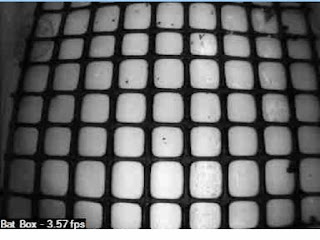

The Mahwah technology center contains a single subregion that manages two zones. The Master appliance is located in Chicago and contains a master region and a subregion that manages the worker appliances. The following diagram demonstrates an example of the multiple regions working together in a Red Hat CloudForms environment. Non-failover server roles can run on multiple appliances simultaneously in a zone, so resources can be adjusted according to the workload those roles are responsible for. If multiple appliances have the same failover role, the extras are used as backups that activate only if the primary appliance fails. Only one failover type of each server role can run in a zone. These roles are limited to the zone containing the appliance they run on. Each appliance has the capability to be configured for a number of specialized server roles. Zones are used for further segregating network traffic along with enabling failover configurations. Regions can contain multiple zones, which in turn contain appliances. This parent and child region is a one-to-many relationship. To do this, configure each child region to replicate its data to the master region database (Red Hat recommends use of region 99). When multiple regions are being used, each with their own unique ID, a master region can be created to centralize the data of all the children regions into a single master database. Regions are particularly useful when multiple geographical locations need to be managed as they enable all the data collection to happen at each particular location and avoid data collection traffic across slow links between networks. A region is ultimately represented as a single database for the VMDB. Use Regions for centralizing data which is collected from public and private virtualization environments. Entering Credentials and Operating System for the Target Host Installing the SmartProxy from the Consoleĥ.2. Configuring Scheduled Database Maintenanceĥ.1. Adding a New Appliance to an Existing Region with a Non-default PasswordĤ.4.8. Running Database Garbage CollectionĤ.4.7. Backing Up and Restoring a DatabaseĤ.4.5. Configuring Database Replication and Centralized AdministrationĤ.4.4. Database Operations"Ĭollapse section "4.4. Setting the Priority of a Failover RoleĮxpand section "4.4. Deleting a Task from the All Other Tasks ListĤ.2.3. Deleting a VM and Container Analysis Taskģ.4.1. Filtering the VM and Container Analysis Task Listģ.3.2. All VM and Container Analysis Tasks"ģ.3.1.

All VM and Container Analysis Tasks"Ĭollapse section "3.3. Filtering the My Other UI Tasks ListĮxpand section "3.3. Deleting a Task from the VM and Container Analysis Task ListĬollapse section "3.2. Filtering the VM and Container Analysis Task Listģ.1.2. My VM and Container Analysis Tasks"ģ.1.1. My VM and Container Analysis Tasks"Ĭollapse section "3.1. Setting Default Filters for ServicesĮxpand section "3.1. Setting Default Filters for InfrastructureĢ.3.4.


Setting Default Filters for ContainersĢ.3.3. Setting Default Views for ContainersĢ.3.2. Setting Default Views for Infrastructure ComponentsĢ.2.5. Setting Default Views for the User InterfaceĢ.2.2.


 0 kommentar(er)
0 kommentar(er)
